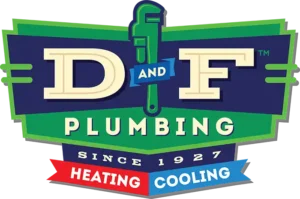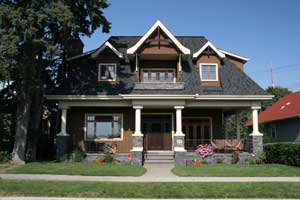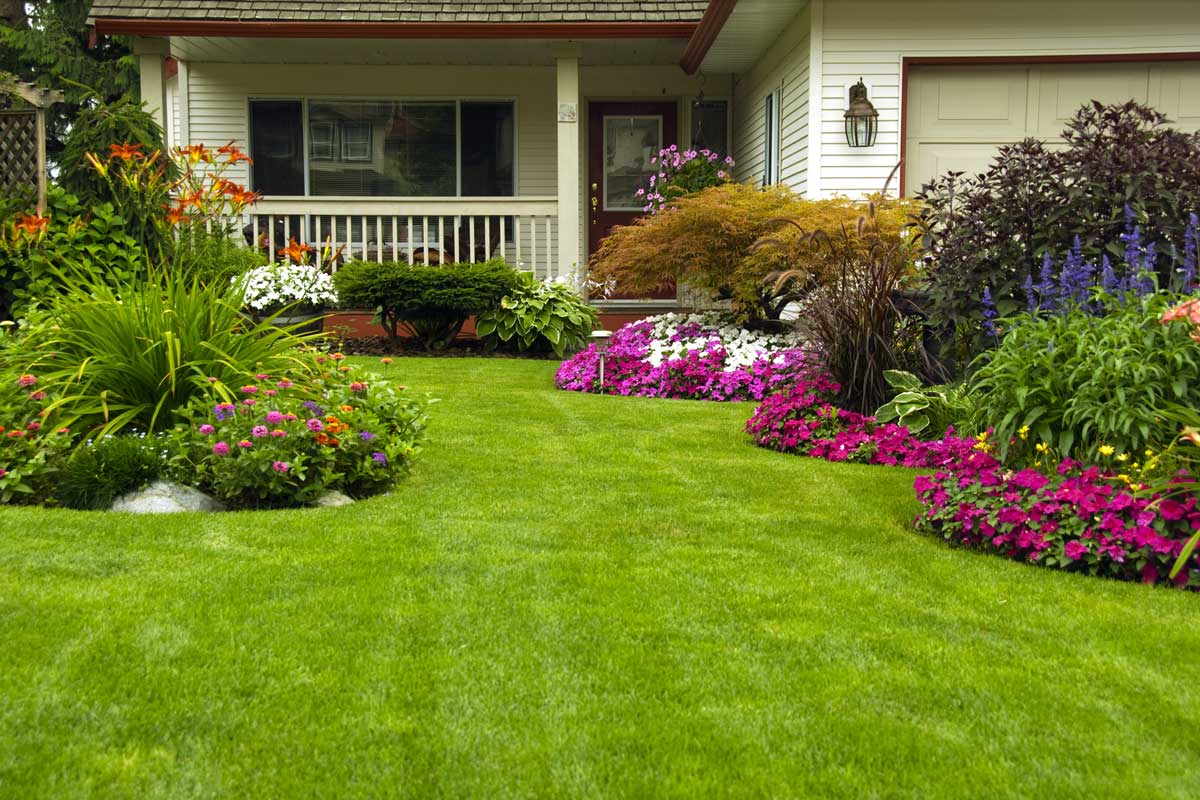Older homes are definitely sought after for their character and charm, however maintaining them can come with challenges, especially when it comes to the home’s plumbing. In this article, we will further discuss the common plumbing concerns found in older homes.
Outdated Pipe Materials
Many old homes were equipped with pipes made from materials that are no longer approved by US building codes including:
- Lead: Lead is one of the oldest metals used in piping. Although the US restricted the use of lead in the 1920s, it wasn’t banned by congress until 1986. It poses health hazards.
- Galvanized: This type of piping was used before the 1960s. It’s made from iron and covered with a layer of zinc which can erode over time, becoming susceptible to rust.
- Polybutylene: Many homes constructed between the late ‘70s and early ‘90s had polybutylene pipes installed because of their affordability and ease of installation, however they were found to fail after some time. The material poses a health risk and must be replaced.
Problems with Copper Piping
If your home was built before the banning of lead, any remaining copper piping may have been fitted with lead-based solders. You’ll need to have your water tested if that’s the case. Also, copper pipes are notorious for being stolen because of their resale value. So you must make sure the piping system is complete.
Water Pressure Issues
Pipe erosion, particularly from zinc, can cause your pipes to close up and become less effective over time. This could make showering and washing dishes a hassle, and cause the tank on your toilet to take longer to refill.
Pipe Belly Formation
Pipe bellies are a bend in the pipes that occur from house settling. This can cause water not to flow properly through the pipes and create blockages.
Failing Sewer Lines
Older homes are more likely to have sewer line problems due to the Earth’s shifting or from being damaged by tree roots.
Mold and Mildew Issues
Over time, leaky pipes can create serious water damage, particularly in basements and bathrooms. Mold and mildew are concerning because they can cause severe structural damage to a home and create health problems for those living in the home.
Weird Plumbing System
Many old homes have been re-purposed and changed throughout the years, leaving them with strangely configured plumbing systems. Oftentimes older homes have been found to have botched repair jobs and installations as well. These issues can make it difficult for your plumber to find the exact cause of a current problem.
If you’re thinking of buying a fixer upper, contact D&F Plumbing, Heating and Cooling, we’d be happy to complete a comprehensive plumbing inspection for you. We also use we use video inspection to diagnose any sewer line issues.



 Unless you’ve had sewer problems before, chances are you’ve given little thought to your main sewer line lately. This line runs from your house to the city sewer, and carries all waste and used water away from your home. While the city is responsible for the sewer, you are responsible for the line from your home until it connects to the sewer.
Unless you’ve had sewer problems before, chances are you’ve given little thought to your main sewer line lately. This line runs from your house to the city sewer, and carries all waste and used water away from your home. While the city is responsible for the sewer, you are responsible for the line from your home until it connects to the sewer.